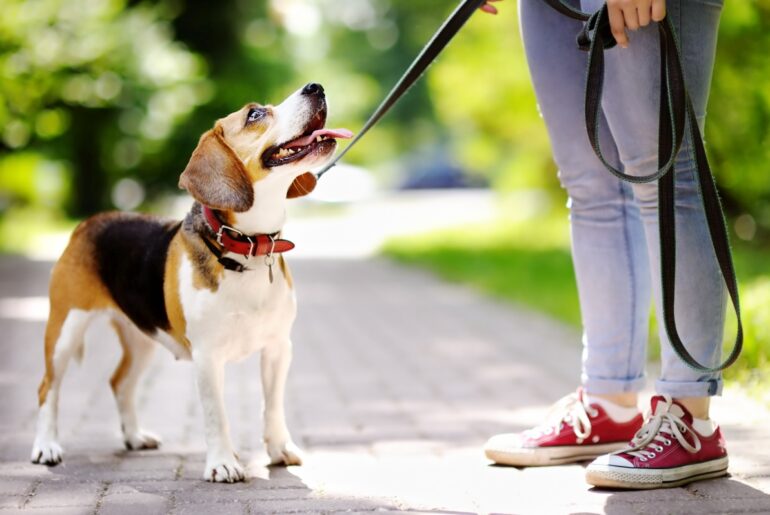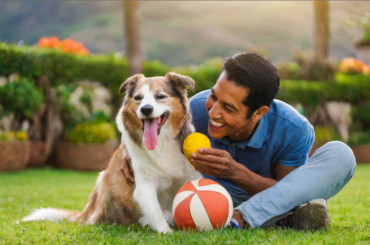Teaching your dog to walk on a leash is an essential skill that enhances safety and control during walks. Here’s a step-by-step guide to help you train your dog to walk calmly and comfortably on a leash:
1. Introduce the Leash:
- Begin by introducing the leash to your dog in a positive and non-threatening manner. Allow them to sniff and explore the leash while offering treats or praise to create a positive association.
2. Collar or Harness Familiarization:
- If your dog isn’t accustomed to wearing a collar or harness, let them get used to it gradually. Reward them with treats and praise when they wear it without resistance.
3. Indoor Practice:
- Start training indoors where there are fewer distractions. Attach the leash to the collar or harness and let your dog drag it around under supervision. This helps them adjust to the sensation of being connected to the leash.
4. Positive Reinforcement:
- Use positive reinforcement techniques. Reward your dog with treats and praise when they exhibit desired behavior, such as walking calmly beside you or responding to gentle leash guidance.
5. Teach “Heel” Command:
- Introduce the “heel” command, signaling your dog to walk close to your side. Use treats to lure them into the desired position. Reward them when they walk calmly beside you.

6. Short, Positive Walks:
- Keep the initial walks short and positive. Gradually increase the duration as your dog becomes more comfortable. If they pull or resist, stop walking and wait for them to relax before proceeding.
7. Change Directions:
- Incorporate changes in direction during walks. This helps your dog focus on you and be attentive to your movements. Reward them for following your lead.
8. Encourage Loose Leash:
- Encourage your dog to walk on a loose leash. If they start pulling, stop and wait until the leash slackens before moving forward. Consistently reward them for walking without tension on the leash.
9. Avoid Pulling:
- If your dog starts pulling, avoid pulling back. Instead, change direction or stand still until they return to your side. Consistency is key in teaching them that pulling does not result in forward movement.
10. Distraction Training:
- Gradually introduce distractions during walks to enhance your dog’s focus. Practice walking in different environments, exposing them to various sounds and sights. Use treats and positive reinforcement to encourage concentration despite external stimuli.
11. Patience and Consistency:
- Leash training requires patience and consistency. Be persistent in using the same commands and rewarding positive behavior. Over time, your dog will associate walking on a leash with positive experiences, reinforcing good habits.
12. Professional Training Classes:
- If you encounter challenges in leash training, consider enrolling in obedience classes or seeking guidance from a professional dog trainer. These experts can provide personalized advice, address specific behavioral issues, and offer valuable insights for effective leash training.






